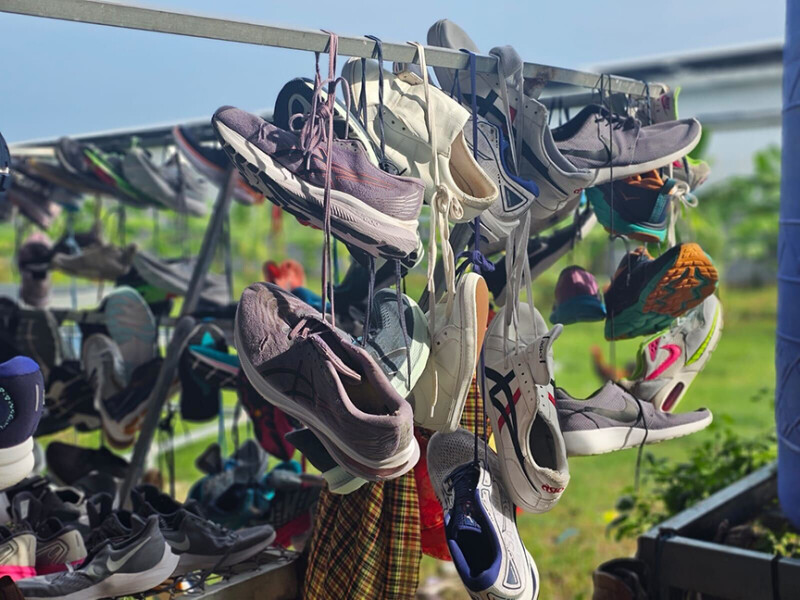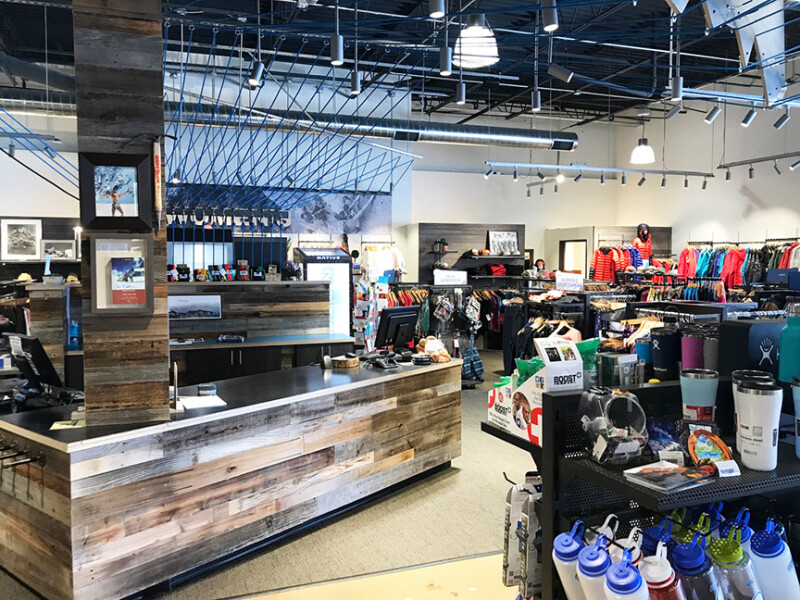You don’t have to tell running retailers that buying running shoes is a tactile experience. Customers want to try them on, feel the fit and get expert advice before making a purchase. But in today’s retail landscape, a strong online presence is no longer optional, it’s essential.
The challenge for shoe retailers is clear: How do you replicate the in-store experience online while integrating digital sales with brick-and-mortar operations?
It might sound like a daunting effort, but with the right strategies your online store can drive sales without sacrificing the customer experience that makes in-store shopping special. Here’s how:
1. Make Online Fit as Easy as In-Store
One of the biggest obstacles to selling running shoes online is fit. A customer walking into your store can try on multiple pairs, but that’s impossible online. The solution? Reduce uncertainty with smart sizing tools and clear guidance.
Ways to help customers find the perfect fit online:
• Use a digital sizing guide that compares brands and models to known standards. Some brands offer interactive tools where shoppers enter the size they wear in one brand and get recommendations for others.
• Offer detailed fit descriptions in product listings. Instead of just listing “true to size,” specify: “Runs half a size small, consider sizing up for a roomier fit.”
• Highlight customer reviews that mention fit and comfort, helping buyers make informed decisions.
Brands such as Nike and New Balance use AI-powered fit finders, but even independent retailers can integrate third-party sizing tools to enhance the shopping experience.
2. Seamlessly Integrate Online and In-Store Inventory
Your online and in-store operations shouldn’t compete, they should complement each other. A key to success is ensuring customers can easily transition between both.
Ways to integrate digital and physical inventory:
• Offer Buy Online, Pick Up In-Store (BOPIS) so customers can secure their size before visiting.
• Enable real-time inventory updates, so shoppers see whether their size is available at a nearby location.
• Consider virtual appointments where customers can chat with a sales associate online for personalized advice before purchasing.
Retailers like Fleet Feet excel at blending digital and in-store experiences, offering appointment booking and expert fittings while keeping inventory visible across channels.
3. Make Returns Hassle-Free
Returns are inevitable with online shoe sales. But instead of seeing them as a problem, use them as an opportunity to build trust and encourage future purchases.
Best practices for easy returns:
• Offer free or low-cost return shipping. Customers are more likely to buy if they know they can return hassle-free.
• Implement a generous return window, especially for first-time buyers who might be hesitant.
• Allow in-store returns for online purchases, making exchanges easier while driving foot traffic to your store.
A smooth return process builds confidence in online shopping, leading to repeat customers.
4. Optimize Product Pages to Replicate In-Store Advice
Customers rely on store associates for recommendations. Your product pages should serve the same purpose by providing detailed information tailored to different types of runners and walkers.
How to make product pages more helpful:
• Include clear breakdowns of shoe type, such as neutral versus stability running shoes, and who they’re best for.
• Feature high-quality images and videos that show the shoe from multiple angles and in motion.
• Add a “Best For” section, for example, “Best for marathon training,” “Best for trail running,” or “Best for all-day comfort.”
Retailers like Running Warehouse provide expert-level detail online, helping customers feel confident in their choices.
5. Use Digital Marketing to Drive Online and In-Store Sales
A strong online presence does more than just sell running shoes — it keeps your brand top-of-mind for customers, whether they shop online or in-store.
Smart digital marketing strategies for shoe retailers:
• Re-target past visitors with ads featuring products they browsed but didn’t buy.
• Email customers post-purchase with reminders to replace their shoes after a certain mileage.
• Geo-target ads to promote in-store fittings or exclusive events for local customers.
Shops such as Fleet Feet successfully combine online marketing with in-store experiences, using digital ads to highlight expert fittings and community events.
6. Make Checkout Fast and Flexible
Customers expect a seamless checkout experience, especially on mobile devices. Any friction, like slow load times or limited payment options, can lead to abandoned carts.
How to streamline the checkout process:
• Offer one-click checkout for returning customers.
• Accept multiple payment methods, including Apple Pay, Google Pay and PayPal.
• Show estimated delivery dates upfront, so customers know when to expect their order.
Retailers that prioritize fast, transparent checkout see higher conversion rates and fewer abandoned carts.
Some Final Thoughts
Running shoe retailers who successfully integrate online and in-store sales will capture more customers and drive long-term growth. By making fit easy, connecting inventory across channels and prioritizing customer experience, you can turn hesitant online shoppers into loyal, repeat buyers.
About the Author
Eric S. Youngstrom is founder and CEO of Austin-based Onramp Funds, an innovative funding provider that supports the growth of e-commerce businesses. He leads a team steeped in e-commerce, providing financing and other resources to empower online merchants to scale their businesses and achieve their dreams.






